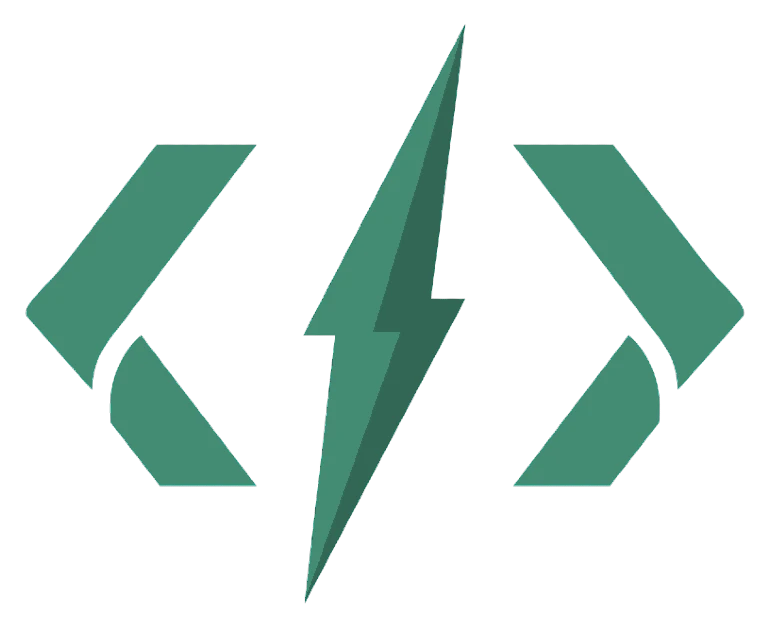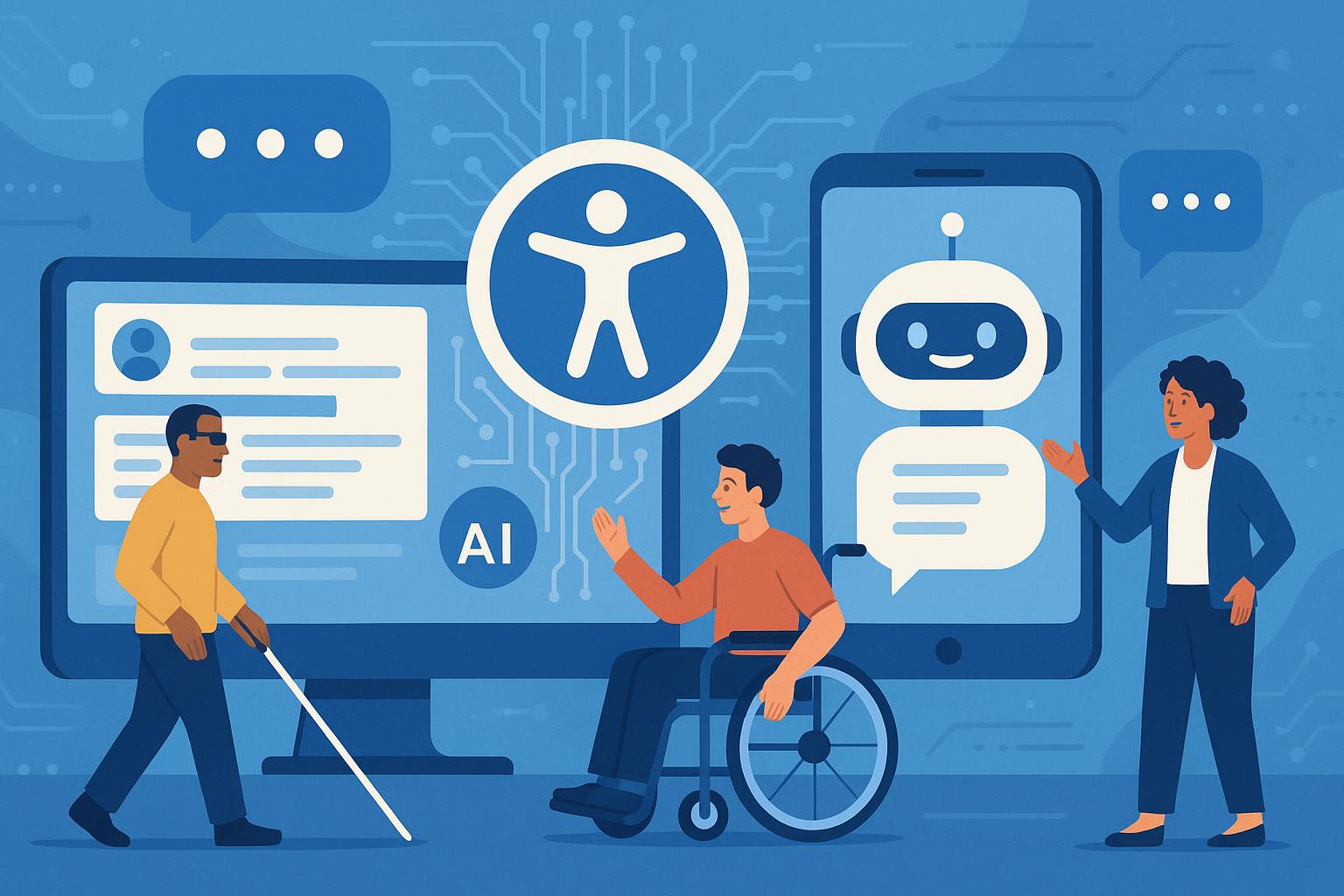Leveraging Knowledge Graphs in AI
In the rapidly evolving domain of artificial intelligence (AI), knowledge graphs have emerged as a cornerstone technology, particularly in enhancing the capabilities of large language models (LLMs). This article explores the pivotal role of knowledge graphs in AI, demonstrating how they contribute to more coherent and contextually aware responses in various applications, from chatbots to recommendation systems.
By structuring data into interconnected graphs, knowledge graphs facilitate a deeper understanding and smarter information retrieval—critical in today's AI-driven solutions.
Understanding Knowledge Graphs in AI Context
At its core, a knowledge graph represents a network of interlinked descriptions of entities—objects, events, or concepts—where each node constitutes an entity, and each edge details the relationship between nodes.
This structure enables AI systems to not only store facts but also understand the connections and contextual nuances of different data points. This capability is crucial in applications where meaning derives from the relationships between terms and their context.
Enhancing LLMs with Knowledge Graphs
Large Language Models such as GPT (Generative Pre-trained Transformer) have exhibited remarkable capabilities in generating human-like text based on patterns learned from vast data sets.
However, their significant limitation lies in handling real-time, up-to-date, or domain-specific information which isn't included in their training data. Integrating knowledge graphs with techniques such as Retrieval-Augmented Generation (RAG) addresses this issue. They enable LLMs to dynamically access relevant and timely knowledge from a graph, enriching the model's response with accurate and context-aware information.
The Role of Vector Databases in Knowledge Graphs
Traditional relational databases are well-suited for structured data, while knowledge graphs and LLMs typically handle unstructured data, necessitating a different approach to data storage and retrieval.
Vector databases like Pinecone, FAISS, and Weaviate specialize in managing high-dimensional vector embeddings used by LLMs to represent text. These databases support efficient storage, searching, and retrieval of vector data, making them ideal for powering knowledge graphs that manage vast sets of AI-generated embeddings.
Practical Applications of Knowledge Graphs in AI
Knowledge graphs are utilized in a variety of AI applications:
Chatbots and Virtual Assistants: Knowledge graphs enable AI to achieve a more nuanced understanding and generate responses that are accurate within the given context, significantly enhancing user interaction.
Recommendation Systems: On platforms like Netflix or Amazon, knowledge graphs facilitate personalized recommendations based on the interconnected preferences and behaviors of users.
Search Engines: They enhance search functionalities by understanding the intent behind queries and the relationships between different concepts or entities.
Fine-Tuning and Prompt Engineering with Knowledge Graphs
To tailor LLMs to specific tasks or industries, fine-tuning and prompt engineering are essential. Knowledge graphs provide structured frameworks that aid in designing effective prompts and fine-tuning strategies.
This structured information helps create more precise models that can perform well even on complex, specialized tasks.
Knowledge Graphs and Agentic AI
The concept of Agentic AI involves AI systems capable of making decisions and taking actions autonomously. Knowledge graphs enhance the decision-making capabilities of AI by providing it with a rich, contextual understanding of its environment.
This is essential in applications ranging from autonomous vehicles to dynamic business analysis tools.
Conclusion
As AI continues to integrate more deeply into various sectors, the importance of technologies like knowledge graphs only grows. These graphs do not merely store information but also contextualize it, allowing AIs to operate not just as calculators or notebooks but as dynamic, understanding entities that can intelligently interact with their environment and users.
For professionals looking to push the boundaries of what AI can achieve, leveraging knowledge graphs (or something similar) is not just an option; it is becoming a necessity.
For further exploration of how knowledge graphs and AI are reshaping industries and professions, continue following our insights here at Hyperfly Developers, where we remain committed to providing cutting-edge information and solutions in the AI space.














